![]()
![]()
![]()
Use LEFT and RIGHT arrow keys to navigate between flashcards;
Use UP and DOWN arrow keys to flip the card;
H to show hint;
A reads text to speech;
10 Cards in this Set
- Front
- Back
|
What was the area used for in the 20th century?
|

During the 19th century, London's port was one of the busiest in the world, but by the end of the 1950s it was in significant decline with many of the docks derelict and abandoned as they couldn't get through the London river.
|
|
|
Where precisely are the London Docklands
|

The London Docklands are on the isle of dogs, the east side of London.
|
|
|
What does the term LDDC stand for?
|
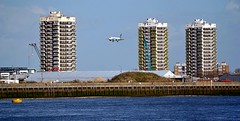
London Docklands Development Corporation (LDDC) was set up in 1981.
|
|
|
What were the problems in 1981 in the Isle of Dogs?
|
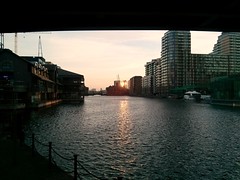
* population had declined
* employment was in decline (loss of jobs from decline of docklands * access to the rest of London was poor with narrow roads which were heavily congested, and a lack of public transport (a single bus route and no rail or underground service) * 95%+ of housing was rented and including high density terraced houses and large estates dominated by high rise blocks * Shopping facilities were limited * Lack of open space and recreation facilities |
|
|
Who was involved in helping with the regeneration process?
|
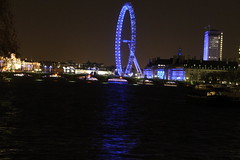
Whilst the LDDC was responsible for the planning and redevelopment of the Docklands areas, other organisation have also been involved in the redevelopment process, these included:
- National Government - they created an Isle of Dogs Enterprise Zone in April 1982 - offering incentives such as grants, reduced rates etc. to encourage private investment; - Property Developers - responsible for building large office blocks (e.g. Canary Wharf) - Local Housing Association - obtained home improvement grants - Conservation Groups - Newham Council |
|
|
Changes to the area between 1981 - 1998
Environmental Regeneration? |
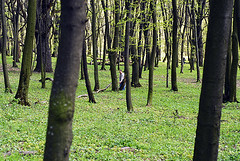
- network of pedestrian and cycle routes through the area with access to the river and dock edge through waterside walkways
- creation of pedestrian bridges - creation of new open spaces (150ha) - Water based Ecology Park and London's first bird sanctuary at East India Dock Basin - one of 17 conservation areas set up - planting of 200,000 trees; - the area has now received many awards for architecture, conservation and landscaping |
|
|
Economic Regeneration?
|

unemployment had fallen from 14% to 7.4 with a doubling in employment and numbers of businesses;
- transport revolution - opening of the Docklands Light Railway in 1987 - now carrying 35,000 passengers a week; - £7.7 billion in private sector investment - 2,700 businesses trading - major new roads including link to the M11 - Building of the City Airport in the former Royal Docks (500,000+ passengers a year) - attraction of financial and high-tech firms, - TV studios and newspapers such as The Guardian now have offices in the prestigious Canary Wharf business complex. |
|
|
Social Changes?
|

- £10 million spent on improvement council and housing association homes
- a total of 22,000 new homes built (mainly private ownership with approx 19% for rent) - conversion and gentrification of old warehouses to new homes - New shopping centre built - including 4,600sq metres Asda Superstore and refurbishment of shopping parades - also included transformation of old dockland buildings into shopping outlets (e.g. Tobacco Dock) - Large new shopping centre at Canary Wharf with over 30 shops - many restaurants, pubs and cafes built - Docklands Sailing and Watersports Centre - £100 million spent on health, education, job training etc. |
|
|
How successful was the London Docklands Redevelopment?
(successes) |
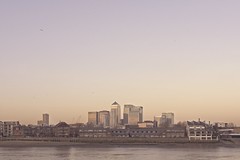
Successes:
- more trade for local shopkeepers - cheaper rents here for large companies yet still the benefit of only being 10 minutes from central London - a wide range of economic, environmental and social benefits (see above) - including 22,000 news housing units and 1000s of new jobs. - greatly improved accessibility in and out of docklands - addressed the once failing land, housing and commercial property markets in the area. |
|
|
How successful was the London Docklands Redevelopment? (criticisms)
|
Criticisms:
- there were criticisms that despite the improvements many of these didn't benefit the original 'Eastenders' - click on the photo opposite to see some of the 'anti-LDDC' graffiti - many locals were unable to afford the high costs of the new expensive houses / flats (still a lack of low-cost housing in the area) - despite an increase in jobs with new businesses coming in, most required skills that the old dockers did not have; - reduction in community spirit that the old Docklands had - with the 'yuppie' newcomers not mixing with the Eastenders |

